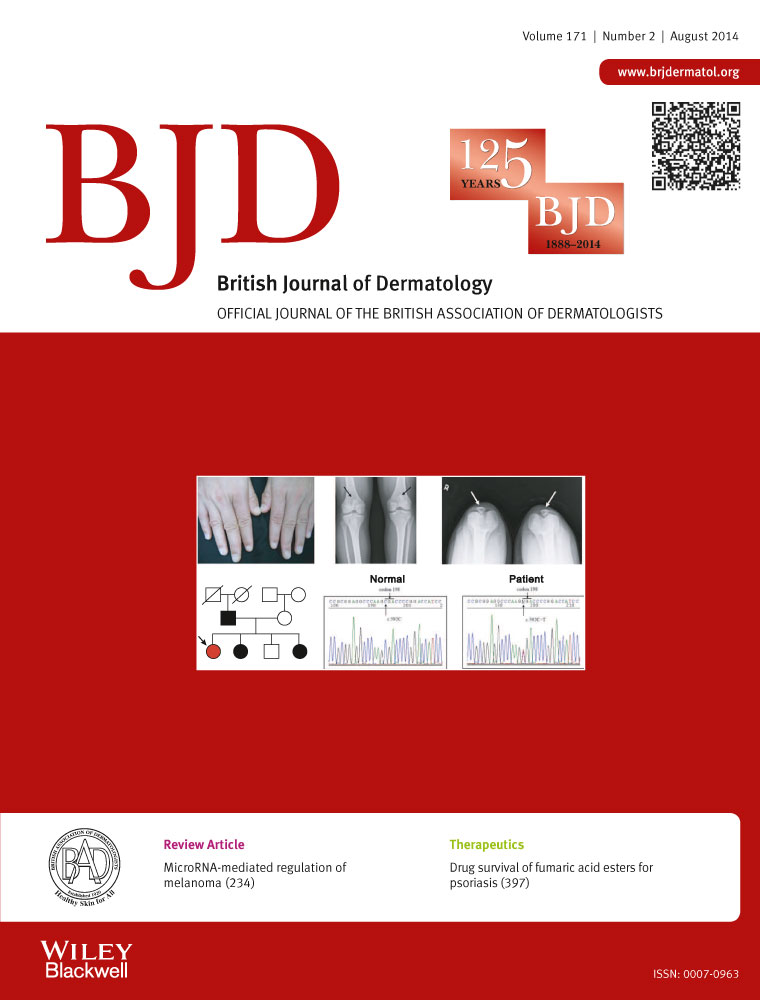Biochemical properties of the recurrent LMX1b truncated mutant carried in a Taiwanese family with nail-patella syndrome
Funding sources:
This work was supported by grants from the Ministry of Science and Technology (NSC99-2314-B-016-005-MY3 and NSC-102-2314-B-016-011-MY2) and the Tri-Service General Hospital (TSGH-C100-094 and TSGH-C102-036) to W.-M.W. The funders had no involvement in the study design, data collection, data analysis, manuscript preparation or publication decisions.
Conflicts of interest:
None declared.
Summary
Background
Loss of the DNA-binding activity of a transcription factor is detrimental to its function in responsive gene regulation. We diagnosed a Taiwanese family with nail-patella syndrome (NPS) whose members inherited the mutated LMX1b transcription factor with no DNA-binding homeodomain. The loss-of-function variants cause haploinsufficiency of LMX1b, leading to the clinical manifestation of NPS. The underlying molecular mechanism is unclear.
Objectives
To test whether the recurrent pathogenic truncated LMX1b-R198X reported in our patients might be a functional protein. Its biochemical properties were explored.
Methods
The luciferase reporter driven by the human interleukin (IL)-6 gene promoter was assayed to measure the transcriptional activity of LMX1b. The nuclear localization of different enhanced green fluorescent protein-tagged LMX1b proteins was observed using fluorescence microscopy. Western blotting was employed to evaluate the expression of various transfected LMX1b constructs.
Results
LMX1b-R198X enhanced the IL-6 promoter activity activated by the wild-type LMX1b and diminished the promoter activity induced by phorbol 12-myristate 13-acetate. LMX1b-R198X carried out its effect differentially in the expression of various human genes. The nuclear localization of the wild-type LMX1b was disrupted by the C-terminus truncation. The protein stability exhibited by LMX1b-R198X appears to be much higher than that of the wild-type protein.
Conclusions
We demonstrated that loss of function might not be the only way for mutated LMX1b to cause haploinsufficiency as the main pathogenic mechanism for NPS. LMX1b-R198X has less nuclear localization and higher stability than the wild-type protein; consequently, it might function as a competitor to sequester other effectors by protein–protein interaction to interfere with downstream transcriptional events.




